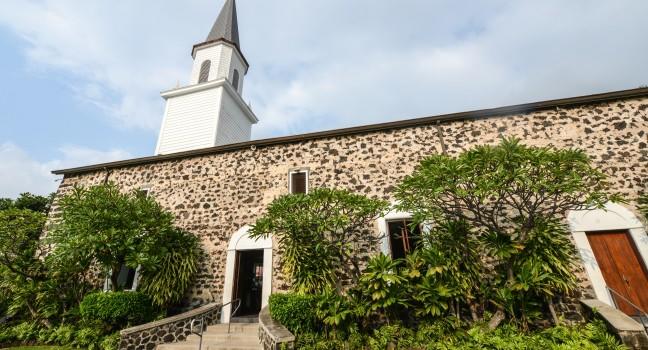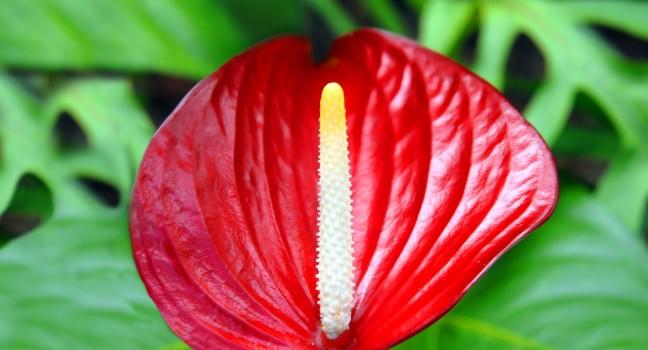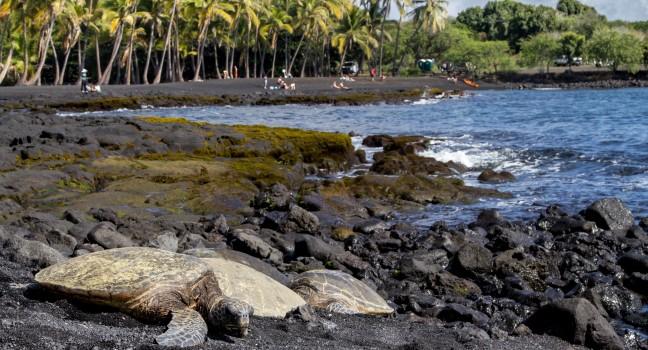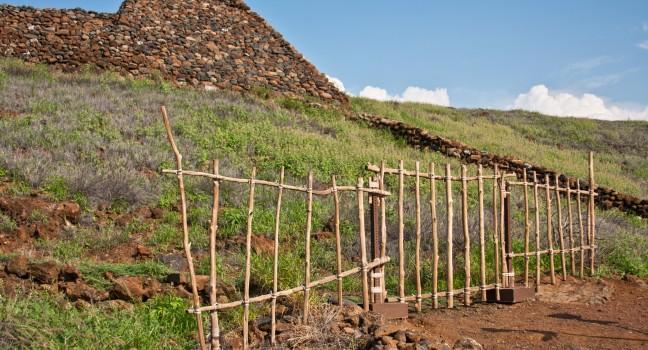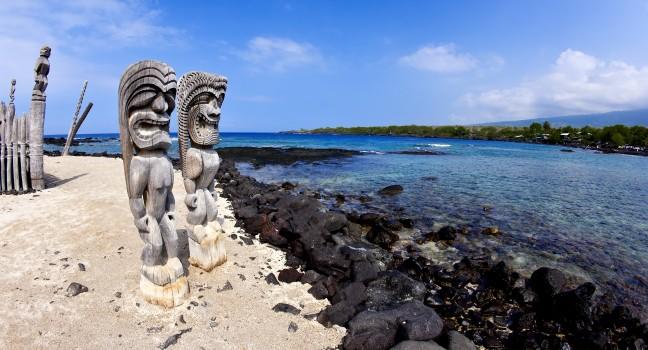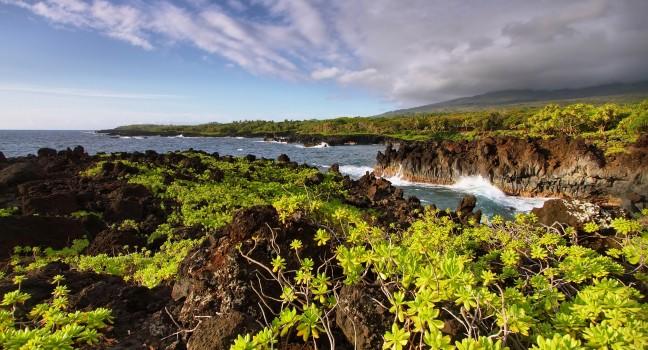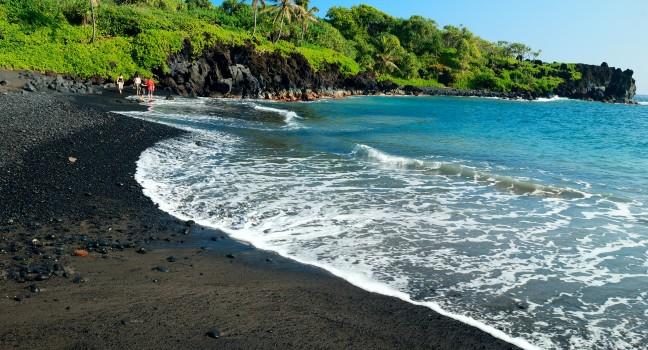Ko Olina Beach
This is the best spot on the island if you have small kids. The resort area commissioned a series of four man-made lagoons, but, as it has to provide public beach access, you are the winner. Huge rock walls protect the lagoons, making them perfect spots for the kids to get their first taste of the ocean without getting bowled over. The large expanses of seashore grass and hala trees that surround the semicircle beaches are made-to-order for nap time. A 1½-mile jogging track connects the lagoons. Due to its appeal for keiki (children), Ko Olina is popular, and the parking lot fills up quickly when school is out and on weekends, so try to get here before 10 am. The biggest parking lot is at the farthest lagoon from the entrance. There are actually three resorts here: Aulani (the Disney resort), Four Seasons Resort Oahu, and the Marriot's Ko Olina Beach Club (which has a time-share section as well). Amenities: food and drink; parking (no fee); showers; toilets. Best for: sunset; swimming; walking.
